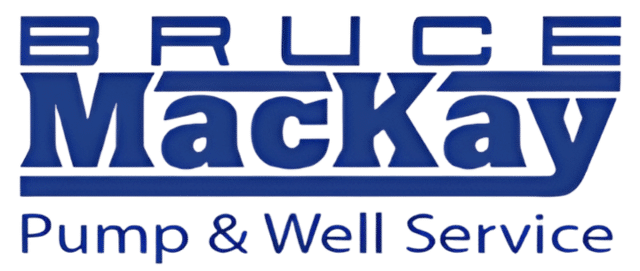
Water Well — Water from Well in Carson City, NV
Do you need a well on your commercial or residential property? Many Americans are unfamiliar with the ins and outs of wells since water is usually provided through city systems. As a new well owner, you benefit from understanding the basics of well installation, including how to choose between the types of available underground wells.
To help you make the right choices for your land, you should be aware of the main categories of well you can choose from.
1. Driven Wells
A driven well refers to a well that is created by driving a small pipe into the ground. This type of well is the simplest structure with which to capture water from an underground source. Driven wells have little construction and piping, so you can install it with less professional assistance. With a driven well, the end cap of the pipe that will carry water is screened off to allow water through without particulates.
Driven wells have two primary downsides. The first is the depth of water you can reach, which is limited by the length of the pipe and driver — usually about 50 feet down if you use heavier machinery. This means you must be able to tap into a water source located close to the surface of your land, such as the offshoot of a larger aquifer.
Additionally, this type of well has a higher possibility of contamination. Less filtration is involved in this simple system, so you can experience more particulates as well as additional minerals.
2. Dug Wells
The traditional method of digging a well is to use earth-moving equipment and dig down to the water table. The hole is protected by walls of stones or other materials, and screens are used to prevent contaminants from entering the water inside.
Digging a well is still a viable option for land owners, although it requires more effort than a simple driven well pipe. The primary advantage is to tap into less obvious sources of water, including permeable layers of sand, silt, and clay. If you have a stable water table relatively near the surface and can tap deeply into it, a dug well can be a viable solution.
However, as a result of the permeable siding of the well walls and the small amount of natural filtration, you are likely to experience higher contamination risk. Depending on your individual situation, dug wells may provide perfectly clean water, or they may not. A professional can help you make the right choice.
3. Drilled Wells
The final and deepest well type is a drilled well. Created by heavy machinery with a rotary drill, this well can go very deep — often thousands of feet. This is perfect if your land can only be fed through a deeper water source or if the ground consists of a more solid rocky substance.
While a drilled well requires more effort and costs more to install, it has many distinct advantages. The water will be less contaminated because of natural filtration that occurs well below the ground surface. Water tables at this depth are also less prone to the vagaries of seasonal droughts. Finally, the upper portions of the well are more solidly sealed (usually with grout) to keep it in good shape.
How can you decide on the right well for your situation? Meet with an experienced professional well service to determine the needs of your family, local aquifers, and ground water challenges.
At Bruce MacKay Pump & Well Service, Inc., we have been servicing the water needs of Nevada businesses and homeowners for more than 35 years. Call today to learn about the best solutions for your specific piece of land.
